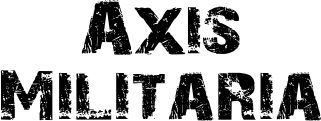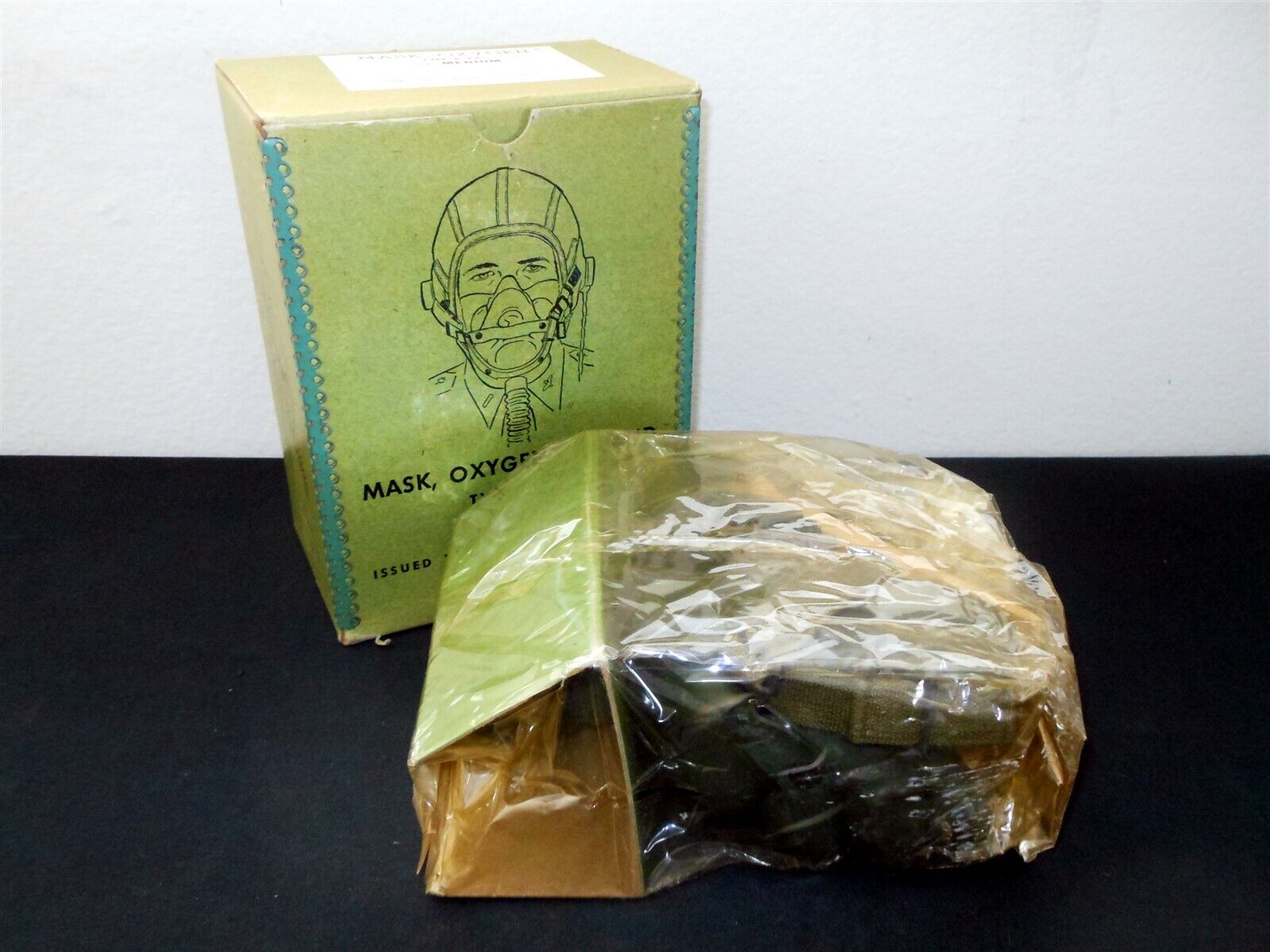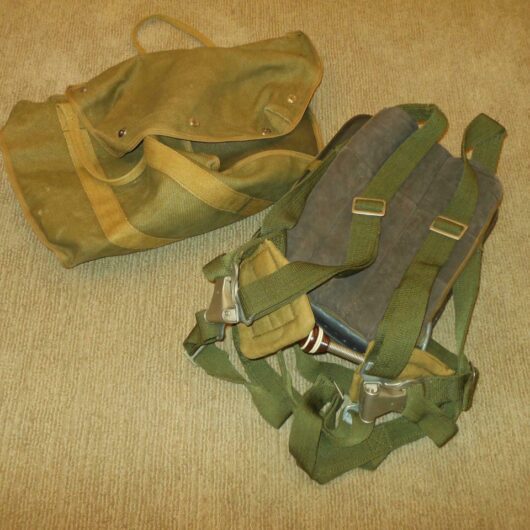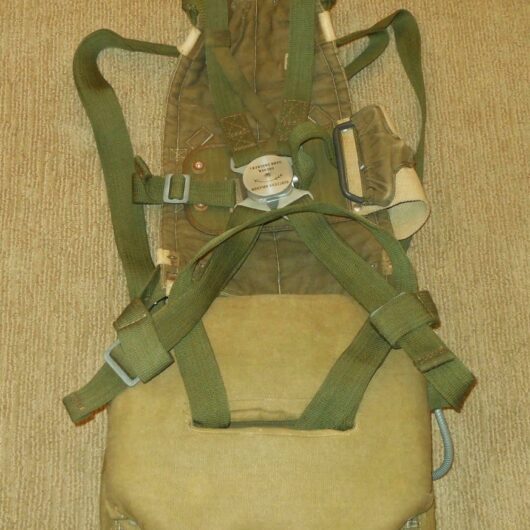Description
The type A-14 demand oxygen mask was based on designs by Dr. Arthur H. Bulbulian of the Mayo Clinic Aero Medical Unit (his patent was applied for on July 1, 1943 and approved on June 6, 1944). Dr. Bulbulian and his colleagues, Dr. Walter M. Boothby and Dr. W. Randolph Lovelace II, had previously designed a nasal oxygen mask in the late 1930s. Known as the “B.L.B.”, (the designer’s initials, which also appear on the face mask of the A-14) it became the Army Air Corp’s type B-7 mask. In development since late 1941, the A-14 mask was manufactured by the Ohio Chemical and Manufacturing Company starting in the spring of 1943 and functioned as a component of the low pressure diluter-demand oxygen system that was adopted for use in all Army Air Force aircraft by the end of 1942.
Its predecessors, as initially used with this oxygen system, were the original type A-9 and the improved series of A-10 masks (including the A-10 (Converted), A-10 (Revised) and A-10A masks) which were produced by the Acushnet Process Company. Surviving examples of these masks, although not in great supply, can be found in today’s collector market. Although mass produced and widely used during the war, the Acushnet masks had problems with poor fit and dangerous ice build up at higher altitudes that led to a relatively short service life. The A-14 mask which replaced them was standardized by the A.A.F. in July of 1943. Featuring an improved fit, superior suspension system and being less prone to icing, these new masks were arguably the best of any developed during the war. Molded in dark green rubber, the mask body came in three sizes; small, medium or large. It included an interior pocket for a microphone. One end of the corrugated green rubber breathing tube attached to the mask body with an inlet bushing and was secured with a tubing clamp. The tube’s other end terminated with the mask portion of the quick disconnect coupling which was secured by a United Carr style tubing clamp.
Made primarily of molded green rubber, plastic, and aluminum/brass accessories, this mask is in AMAZING unused used condition! Dated July 1944, the rubber is still VERY soft an pliable, having been stored in perfection storage! As the plastic bag is still factory sealed, I will not open it to take additional photos, however it is 100% COMPLETE internally with all accessories and instructions! Marked as a MEDIUM in size, the corrugated rubber tube extends from the lower section of the mask includes the original fitting to attach to the regulator hose. The box is also in near perfect condition with only minor wear and marks from storage. EASILY the best one I have ever seen, it would make a PERFECT addition to any collection or display!





